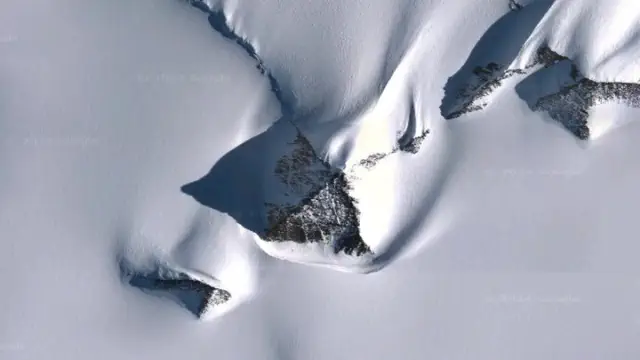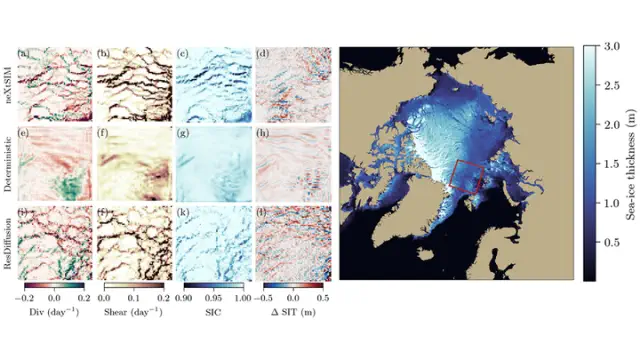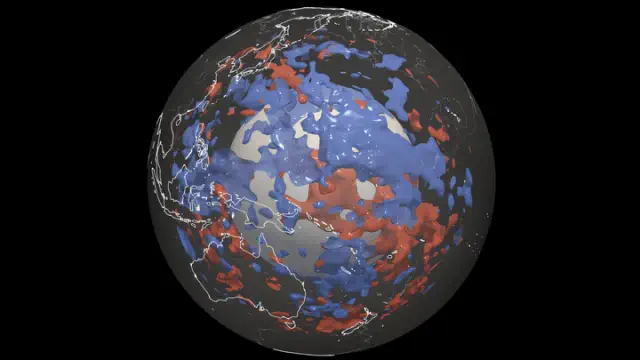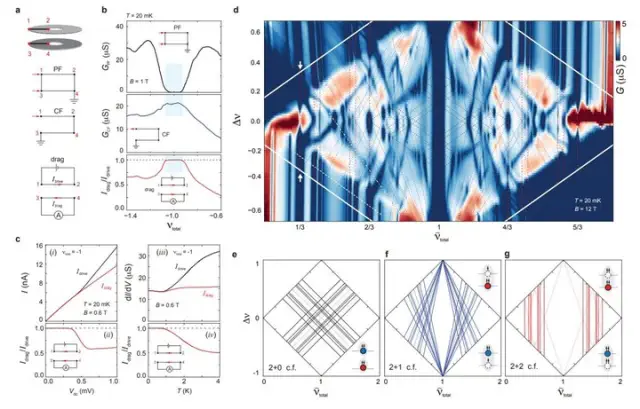Antarctica boasts a mountain that resembles a flawless pyramid, yet despite the claims of conspiracy theorists, the mountain's four evenly shaped sides were created by natural geological processes.
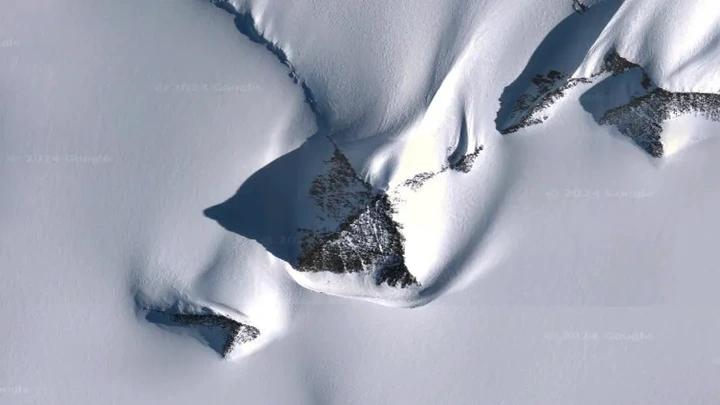
View pictures in App save up to 80% data.
FAST FACTS
Name: Unnamed peak in the Ellsworth Mountains
Location: Antarctica
Why it's incredible: The mountain looks like a human-made pyramid.
A mountain that's hidden in a sea of snow in Antarctica looks strikingly like an ancient Egyptian pyramid when viewed from above. But no human (or alien) hands were needed to build this peak — it was forged through the slow, grinding process of erosion.
The pyramidal mountain, which doesn't have a formal name, became internet-famous in 2016, but scientists likely knew about it before then, Mauri Pelto, a professor of environmental science at Nichols College in Dudley, Massachusetts, previously told Live Science. A research base for climate scientists sits just south of the mountain in an area called the Patriot Hills, and "you can probably see this mountain from up there," Pelto said.
Antarctica's "pyramid" is about 4,150 feet (1,265 meters) tall, or about one-fifth the height of Denali, the tallest mountain in North America. It has four steep sides and is located in the southern Ellsworth Mountains — a chain of jagged peaks first spotted during a flight by American aviator Lincoln Ellsworth in 1935, according to a U.S. Geological Survey (USGS) research paper published in 2007.
The region is known for holding 500 million-year-old fossils of trilobites and other critters dating to the Cambrian period (541 million to 485.4 million years ago).
The slopes of the mountain were probably shaped into a pyramid-like form over hundreds of millions of years due to erosion. According to Pelto, the rocks could have experienced freeze-thaw erosion, a process where water and snow seep into tiny fissures during the day and freeze overnight. As the water freezes, it expands within the cracks, increasing their size under pressure, which ultimately leads to significant pieces of rock breaking away from the mountain.
According to Pelto, three sides of the pyramidal mountain seem to have eroded uniformly, whereas the eastern ridge has developed separately.
Pelto noted that freeze-thaw erosion likely shaped additional pyramidal peaks, including the Matterhorn in the Swiss Alps.
Various conspiracy theories sprung up to explain the shape of Antarctica's pyramid mountain when it went viral in 2016, with theorists contemplating the involvement of a forgotten civilization or aliens from outer space.
But "this is just a mountain that looks like a pyramid," Eric Rignot, a professor of Earth system science at the University of California, Irvine and senior research scientist at NASA's Jet Propulsion Laboratory, previously told Live Science. "Pyramid shapes are not impossible — many peaks partially look like pyramids, but they only have one to two faces like that, rarely four."
